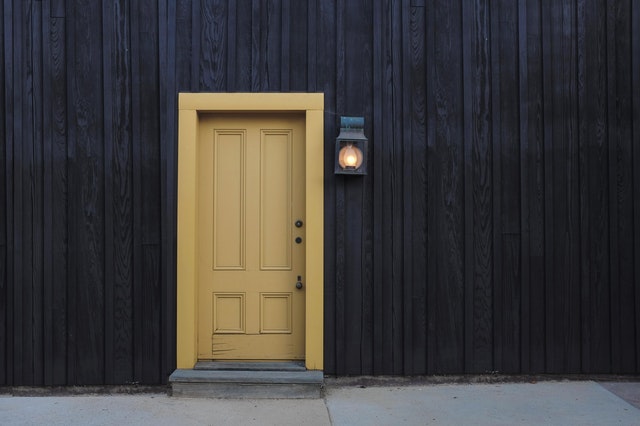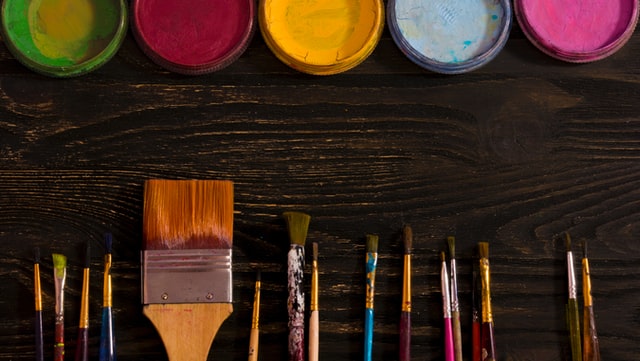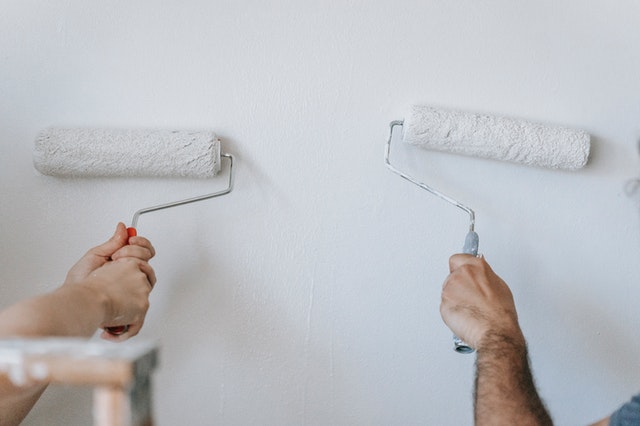This snippet has been extracted from “Home repair and improvement Creative Homeowner, Upper saddle River, New Jersey”. Paint problems is due to polymer degradation of the paint matrix due to exposure of UV radiation in sunshine and condensation. “Painters Washington DC“, educates you on these problems with relevant solutions. Thanks to the author for such remedial measures on paint problems.
Paint Problems
Sometimes you think you have done everything right, down to following all the directions on the paint can, and yet the job still goes wrong. The fresh paint looks nice for a while, but then the trouble starts- flaking, cracking, and other problems appear from a cause or causes unknown. Some problems become evident almost immediately. Wrinkling or sagging, for example, can occur shortly after the paint is applied but before it dries, indicating that the paint was applied too thickly. Ally two thin coats instead of just the thick one to avoid the problem.
Peeling & Blistering
Peeling is a problem more often associated with exterior painting. If peeling occurs indoors, especially in an older home, and you have not painted over a glossy surface, the culprit is often calcimine paint, an old- fashioned mix with low binder content. If you live in an older home with hot water and scrub off the calcimine residue.
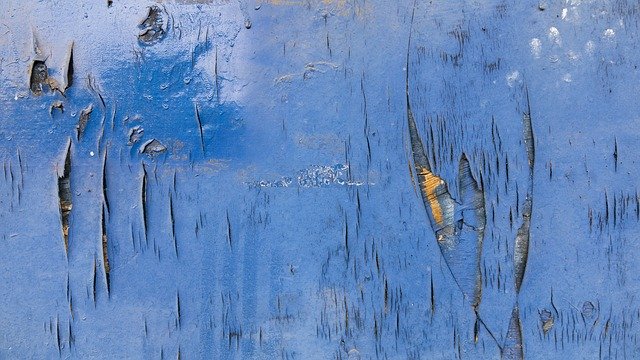
Blistering, a problem that is similar to peeling can occur if a latex paint is exposed to very high humidity or moisture before the paint has dried sufficiently. Showering after you paint is fine, but not if you’ve just painted the bathroom.
Dull/ Brown spots
Dull spots are often caused by a failure to prime patched areas. Both joint compound and unfinished drywall absorb paint differently than the surrounding painted areas. Applying too much compound can cause dull spots in these areas even if you have primed them.
Brown spots on a painted surface- some- times appearing either glossy, soapy, or sticky- occur when ingredients in latex paint leach out to the surface. The culprit is excessive moisture, and brown spots are most likely to form on bathroom ceilings, especially right over the shower. The spots will wash off with soap and water but may occur once or twice again before disappearing.
Mold & Mildew
Mold and mildew spots often occur in bathrooms, but you’ll also find them in other rooms by windows where ceilings join exterior walls. Inadequate insulation makes these interior surfaces cold, causing condensation. Mold feeds on the moisture and eventually forms gray-green spots or detergent solution won’t kill mold. Use a solution of household bleach and water with a non-ammonia detergent. (Never mix ammonia and bleach.) Allow it to soak into the mold for 15 minutes before scrubbing and rinsing.
Spot- painting Patches
To make spot repairs blend in without repainting the entire wall, start with a careful sanding to eliminate any ridges of dried joint compound. Then prime the patches area so the top coat will be evenly absorbed over the patch and surrounding surface. Use a fairly dry roller so the painted area won’t dry to well-defined edge. Also select a sleeve that will produce a finish closely matched to the existing wall stipple. Then coat the patch area with paint, and begin to feather the painted edge. Do this by applying normal pressure as you cross the patch, and lighter pressure, lifting the roller, as you coat the nearby wall.
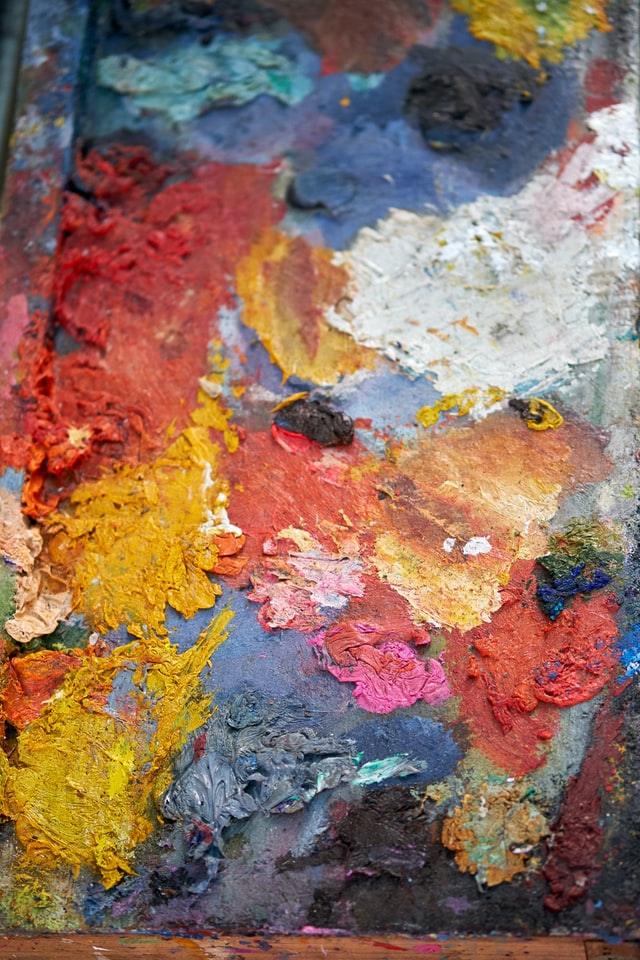
- Fill nail holes and small dents with lightweight joint compound. Leave a slight mound- the compound shrinks as it dries.
- Use 150- grit sandpaper to sand down the dry joint compound until it is flush with the wall surface.
- Because joint compound absorbs paint differently than drywall, prime the patched area before top coating.
- Roll paint onto the patch, and work the topcoat across the area. Keep a wet edge on the paint to avoid leaving ridges.
- Feather out the edges of the new paint with light, lifting strokes. To cover, you may need to repeat this process.
Special Finishes
You can transform the look of a room with one of many decorative painting techniques. While some require considerable skill and artistry, others (such as those shown at the right) are easily mastered. Before you tackle a real wall, it’s wise to experiment with these finishes on a sample piece of drywall. These finishes have become increasingly popular, in part because there is no single correct way to do them. Feel free to try different applicators and mixing ratios.
Sponging Paint on a wall with a natural sea sponge creates a dappled finish, either subtle or bold, depending on the colors.
Ragging involves applying a layer (or layers) of paint over a surface with a bunched-up rag, creating a textured look.
Combing paint (also called dragging) involves making narrow lines in a painted surface with a paint comb or other tool.
Stippling involves bouncing a special brush straight up and down, creating dots that blend when viewed from a distance.
Spattering is technique of adding a partial topcoat of a contrasting color or glazing agent. Just tap the brush on the stick.
Continue reading on “Wall Papering Tips“

